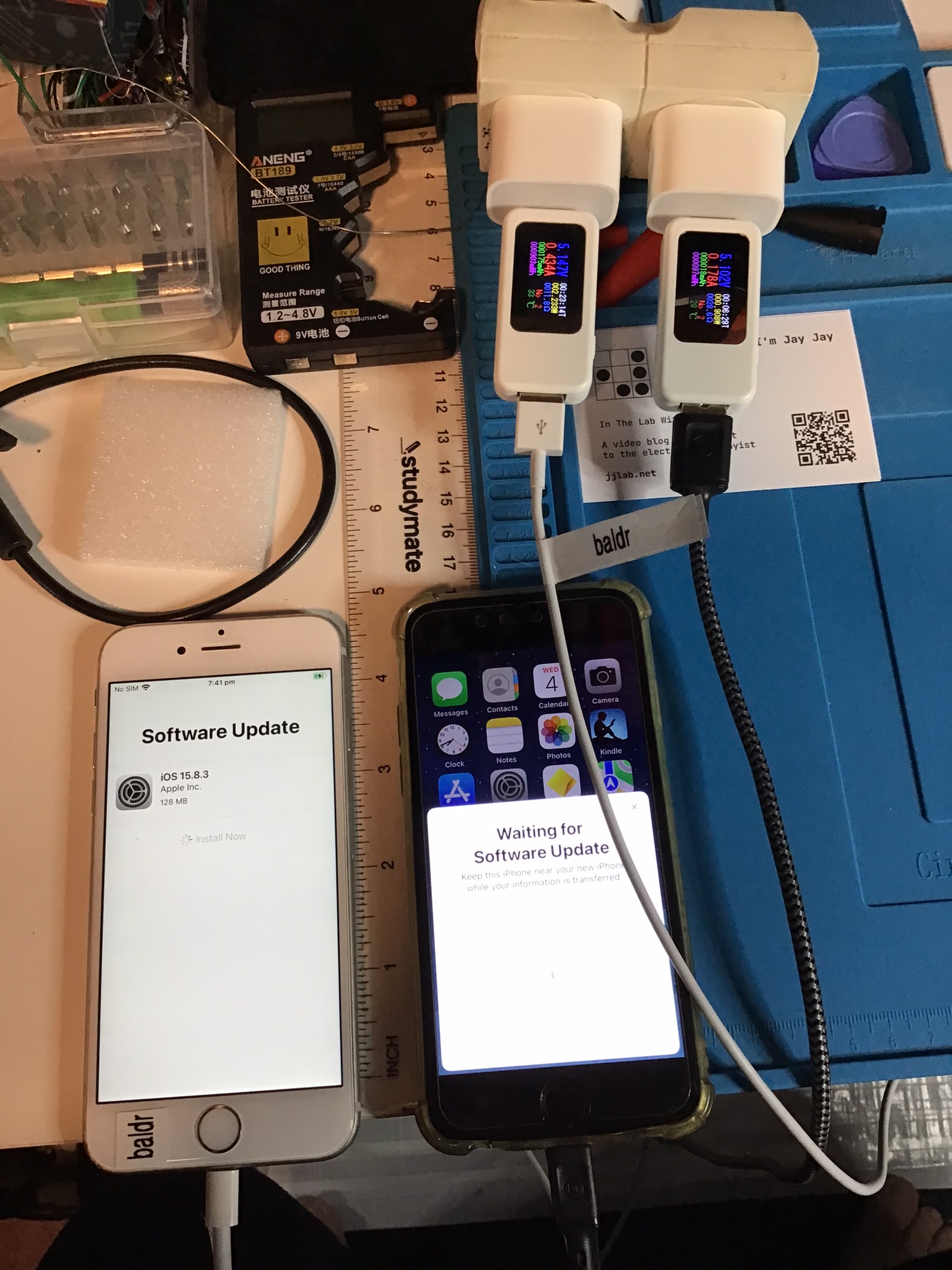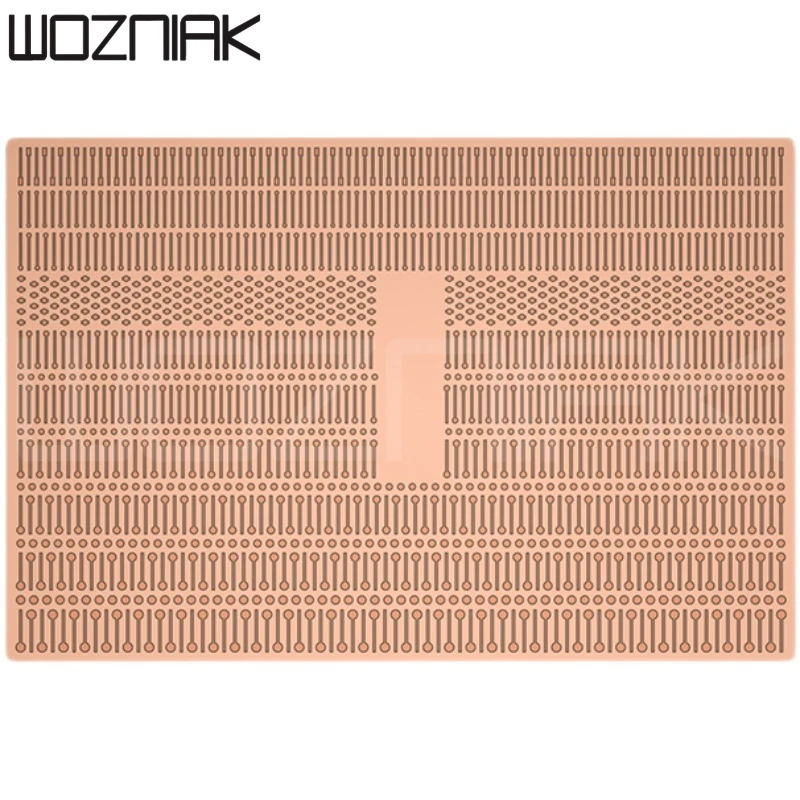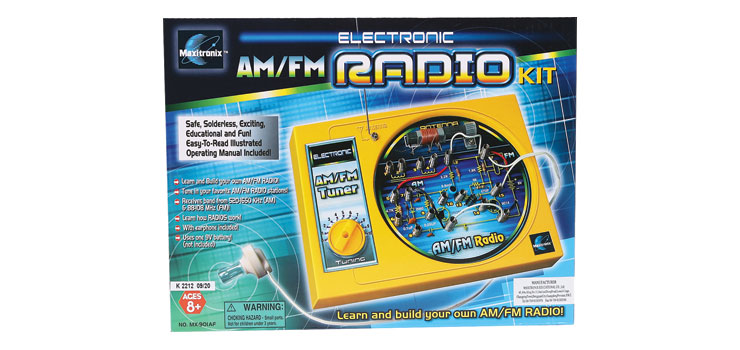The following quotation is taken from Elliptic Curve Cryptography for Developers.
What is elliptic curve cryptography?
First, there are no ellipses. Second, there are no curves. So why is it called an “elliptic curve”? The primary reason is history. Performing integrals of the elliptical orbits of planets gave rise to formulas labeled elliptic curves. These formulas were then used in other areas of mathematics, and the label stuck.
The areas of mathematics used in public key cryptography involve number theory (the properties of integers), combinatorics (the study of counting), and finite fields (sets with finite objects and specific rules). Elliptic curves are used in just about every area of mathematics. This makes studying elliptic curve math very difficult because it is hard to determine what you really need to know and what is just really interesting.
For example, elliptic curves have been used for factoring numbers and solving Fermat’s Last Theorem. In chapter 3, I explain how elliptic curves on the complex plane are used to understand elliptic curves over finite fields. It’s all interesting but not necessarily applicable to cryptography.



